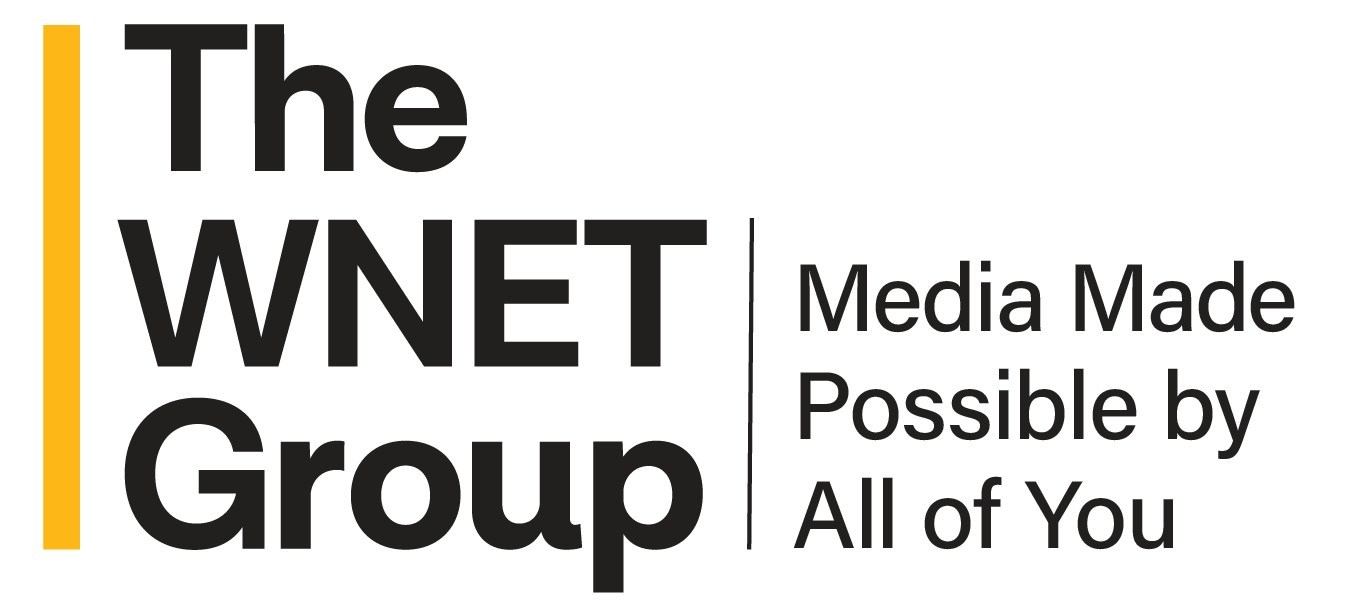Incentive Auction Moves to Stage III
WASHINGTON—The spectrum auction will move into a third stage. The second stage of the TV spectrum incentive auction closed after the first round, with the forward auction portion raising $21.5 billion, less than half of the $56.5 billion asking price for 114 MHz of broadcast TV spectrum. (Update: $56.5 billion represents the clearing price. Broadcasters asked $54.6 billion in aggregate for 114 MHz.) The second-stage forward auction, in which wireless providers bid on TV spectrum, commenced this morning and concluded within a few hours. (Update: make that, “two,” hours.)
The first stage started in late March and concluded Aug. 30 after 27 rounds of bidding yielded only $22.5 billion, well short of the $86 billion broadcasters were asking for 126 MHz of spectrum—the first stage clearing target. The second stage started Sept. 30 at a lower clearing target of 114 MHz of spectrum. The reverse portion, in which broadcasters provisionally sell their regional 6 MHz spectrum licenses, closed last Thursday with broadcasters asking $54.6 billion for 114 MHz across the country. Today’s result came in more than $35 billion short, triggering yet another stage of the auction at a lower clearing target, either 108 or 84 MHz, according to the commission’s proposed band plans, illustrated below.
Update: The National Association of Broadcasters issued the following brief statement, attributed to NAB Executive Vice President of Communications Dennis Wharton:
“NAB is surprised by the results of wireless carrier bidding in the second stage of the FCC’s TV auction. Broadcasters look forward to the third stage of bidding and a successful completion of the auction.”
Additional update from Marci Ryvicker, senior analyst at Wells Fargo:
“This afternoon, the forward portion of stage two began, and ended after a single round, which was completely unexpected. It looks to us like the quick end was because either one bidder dropped out or one bidder chose to reduce their demand by one block per license area. And the rules state that the forward auction simply ends when bidding activity has stopped—i.e. demand does not exceed supply—for Category 1 blocks in the 40 high-demand markets.”
Ryvicker said the $21.5 billion raised on 114 MHz in stage two implies a 61¢ per MHz/Pop value for the broadcasters and 90¢ per MHz/Pop for the forward auction participants, figuring $21.5 billion on 24.2 billion MHz/Pops demanded.
“So while the $21.5 billion figure is lower than stage one’s $23.1 billion, the price or value of spectrum... per MHz/Pop was actually up slightly for the broadcasters at 61¢ in stage two versus 59¢ in stage one; and flat for the forward participants at 90¢ [per] MHz/Pop.”
The FCC expects to release details about stage three next week, she said.
“On the positive side, it means the auction is moving much more quickly than we had thought,” Ryvicker wrote. “On the negative side, it means that there wasn’t enough demand for this amount of spectrum,” 90 of the 114 MHz offered for sale, less a 24 MHz buffer zone.
“We do think there is demand for spectrum—just not this much. Remember that we (and the Street) had been targeting stage four—84 MHz to be cleared, 70 MHz to be sold—this entire time, to get about $30 billion of gross proceeds. This $30 billion on 70 MHz implies a $1.37/MHzPop price to the forward auction participants. This is still very possible; remember, prices rose about 4 to 5 percent per round in stage one with active bidders, and now is likely to happen sooner rather than later.

For more, check out TV Technology's spectrum auction silo.
Get the TV Tech Newsletter
The professional video industry's #1 source for news, trends and product and tech information. Sign up below.
